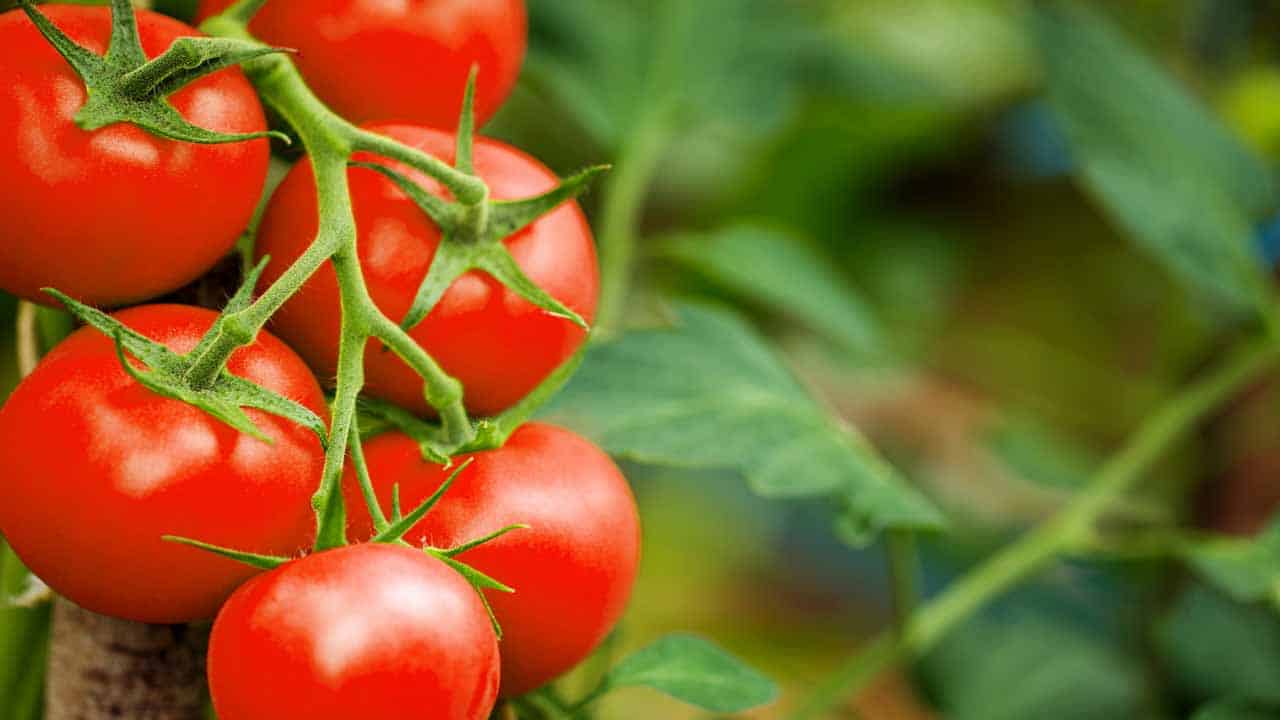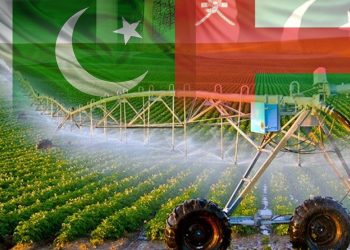In an exclusive interview with China Economic Net, Dr Syed Ahmad, Principal Scientist of Vegetable Research Institute, Faisalabad noted that the price of tomatoes in Pakistan has fluctuated very frequently in recent years, beyond the control of farmers.
If the price fluctuates too much, the low price will cause farmers to suffer great losses, which greatly affects their enthusiasm, and in turn leads to a subsequent drop in production.
In Pakistan, the tomato high season typically begins in April or May. However, this year there is some uncertainty surrounding the timeline.
Dr Nadar K, Senior Scientific Officer at the National Agricultural Research Centre (NARC), indicated that in Pakistan, tomatoes have a total annual production of around 529,600 tonnes and an average yield of 9.2 tonnes per hectare.
The downward trend in the prices of tomatoes, which are an essential component of many dishes in the country, has been observed in the Sindh province since early January.
Muzzammil Aslam, spokesperson for the finance minister, commented in January that retail tomato prices in Karachi had fallen to Rs35. He noted that while it is farmers’ decisions what and how much to plant, there is no government institution or system in place at the decision-making level to provide policy guidance to farmers on a macro level.
This lack of guidance can lead to yield fluctuations, he said. If farmers donate and do not receive good returns after a year of hard work, they may be discouraged and reduce tomato planting. This would increase the need for Pakistan to import tomatoes, which are essential in many of the country’s dishes.
Additionally, the lack of cutting-edge agricultural technology is also adversely impacting tomato production in Pakistan. Ordinary land is sufficient for most farmers to grow tomatoes; however, using hydroponics or soilless cultivation would greatly increase costs, as Dr Ahmad explained to CEN.
Zhang elaborated that Pakistan is facing difficulties such as agricultural modernization, low level of mechanisation, and confusing use of fertilizers and pesticides – all issues which China has resolved in the past.
Promotion of soilless cultivation, improvement of shed facilities, selection of excellent varieties and strengthening of water and fertilizer integration, each link of facility agriculture is closely related to the yield and quality.
Nowadays, our greenhouses are equipped with facilities such as sunshades, heat preservation curtains, heating pipes, high-pressure sprays, circulating fans, temperature and humidity sensors, and irrigation systems to jointly regulate the planting environment in the park, Zhang analyzed that Yangling is located in the arid and semi-arid areas of northwestern China, which also face water shortages like Pakistan.






